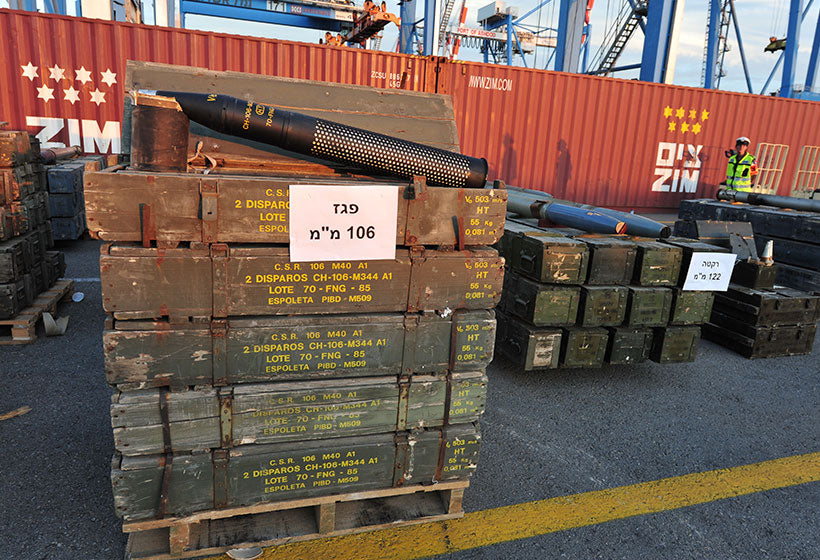Shipping for military purposes is a process with its own rules and regulations, distinct from civilian shipping. It's a service that demands precision, timely delivery, and adherence to strict guidelines to ensure that equipment, supplies, and personal belongings reach their destinations safely. Whether across the country or overseas, understanding the fundamentals of military shipping is critical for service members, their families, and the logistics professionals who support them. The process can seem daunting, but it can be navigated successfully with the right information and preparation. This guide provides a clear understanding of what military shipping involves, highlighting the importance of following the established protocols to guarantee a smooth and secure transfer of goods.
Understanding Military Shipping Regulations
Military shipping regulations are designed to ensure the safe and efficient transport of military items. These regulations are comprehensive and cover a wide range of factors, including the type of goods being shipped, the destination, and the method of transportation. Adhering to these rules is not optional; it's a critical part of maintaining the integrity of military operations and the security of the items in transit. Each branch of the military may have its own set of guidelines, but overarching federal regulations apply to all. These rules consider the sensitive nature of certain items, the need for confidentiality, and the urgency that often accompanies military shipments. Understanding these regulations is the first step in preparing for a military shipment, and it requires thorough attention to detail and an awareness of the latest protocols.
Key Documentation and Paperwork
Accurate documentation and paperwork are the backbone of successful military shipping. From detailed inventory lists to customs forms and bills of lading, each document plays a vital role in the shipping process. These papers serve as a legal transaction record and provide all parties with the necessary information to track and manage shipments effectively. In the military context, paperwork must be completed with extra care to ensure security and confidentiality. The documentation also helps navigate customs when shipping internationally, ensuring that goods are not delayed or seized due to incomplete or incorrect information. Service members and shipping personnel must be familiar with the specific forms required for their shipments and understand how to complete them accurately. This diligence in handling paperwork can prevent costly errors and delays, ensuring that shipments reach their intended destinations as planned.
Proper Packaging and Labeling Requirements
The packaging and labeling items in military shipping are crucial steps that require careful attention. Proper packaging ensures that items are protected during transit, reducing the risk of damage to the contents inside. Military shipments often contain sensitive, expensive, or vital equipment for military operations, so the packaging must be sturdy and secure. Materials like bubble wrap, packing peanuts, and sturdy boxes should be used accordingly. Labeling is just as important as packaging because it provides essential information about the contents. Labels must include the sender's and receiver's names, ranks, and destinations. They should also have any necessary handling instructions and indicate if the contents are fragile or require a specific orientation. In the case of hazardous materials, the packaging and labeling requirements are even more stringent, with clear markings that follow international regulations for hazardous goods. The goal is to ensure the package is easily identifiable and handled correctly throughout the shipping process.
Shipping Restrictions and Prohibited Items
When dealing with military shipping, being aware of the restrictions and prohibited items is essential. Certain items cannot be shipped under any circumstances due to security risks, legality, or safety concerns. These often include explosives, flammable materials, corrosive substances, and some electronic devices that could be a security threat. Additionally, there are restrictions based on destination, such as embargoed countries or conflict zones, where shipping routes may be limited or closed. Military personnel must consult the latest guidelines and restrictions before preparing a shipment to ensure compliance with all rules. Failure to adhere to these restrictions can result in legal consequences, endanger the mission's security, or even put lives at risk. It is, therefore, a critical aspect of military shipping to review and understand the list of restricted and prohibited items, ensuring that all shipments are legal and safe to transport.
Choosing the Right Shipping Method
Selecting the appropriate shipping method is a key decision in military shipping. The choice will depend on several factors, including the urgency of the shipment, the type of goods being sent, and the final destination. Air freight may be the preferred option for urgent or highly sensitive shipments due to its speed. However, it is typically more expensive than other methods. On the other hand, sea transport is more cost-effective for larger, heavier shipments and is commonly used for non-urgent bulk goods. Ground shipping is often utilized for domestic transport within a country and balances cost and transit time. Military logistics coordinators must evaluate these options and choose the one that best aligns with the mission's needs and constraints. The decision must also consider potential delays, the reliability of the shipping method, and the infrastructure at the destination point to handle the receipt and further transportation of the goods.
Customs Clearance and International Shipping Considerations
For military shipping that crosses international borders, customs clearance becomes an integral part of the process. Each country has its own customs regulations, and military shipments must comply with them while adhering to international shipping laws. This can involve inspections, tariffs, and detailed documentation that verifies the shipment's contents and purpose. Customs officials need to know what is being brought into the country and ensure that it does not threaten national security or violate trade agreements. In addition to customs clearance, international military shipments may face additional considerations, such as political relations between countries, international sanctions, and the need for diplomatic clearance. All these factors must be thoroughly reviewed and addressed to avoid any complications that could impede the delivery of the shipment. Careful planning and adherence to international shipping protocols ensure that military goods move smoothly across borders without delay.
Secure Your Supplies with MIL-DTL-17667 Compliant Packaging from Royco Packaging
Ensure your military goods are shipped with the highest standard of care using Royco Packaging's MIL-DTL-17667 military specification materials. With a specialization in MIL-SPEC, industrial, and specialty packaging, Royco is dedicated to providing top-quality supplies that meet stringent military requirements. Whether you're transporting sensitive equipment or need durable packaging for long-haul shipments, Royco Packaging has the expertise and materials to do it right.

